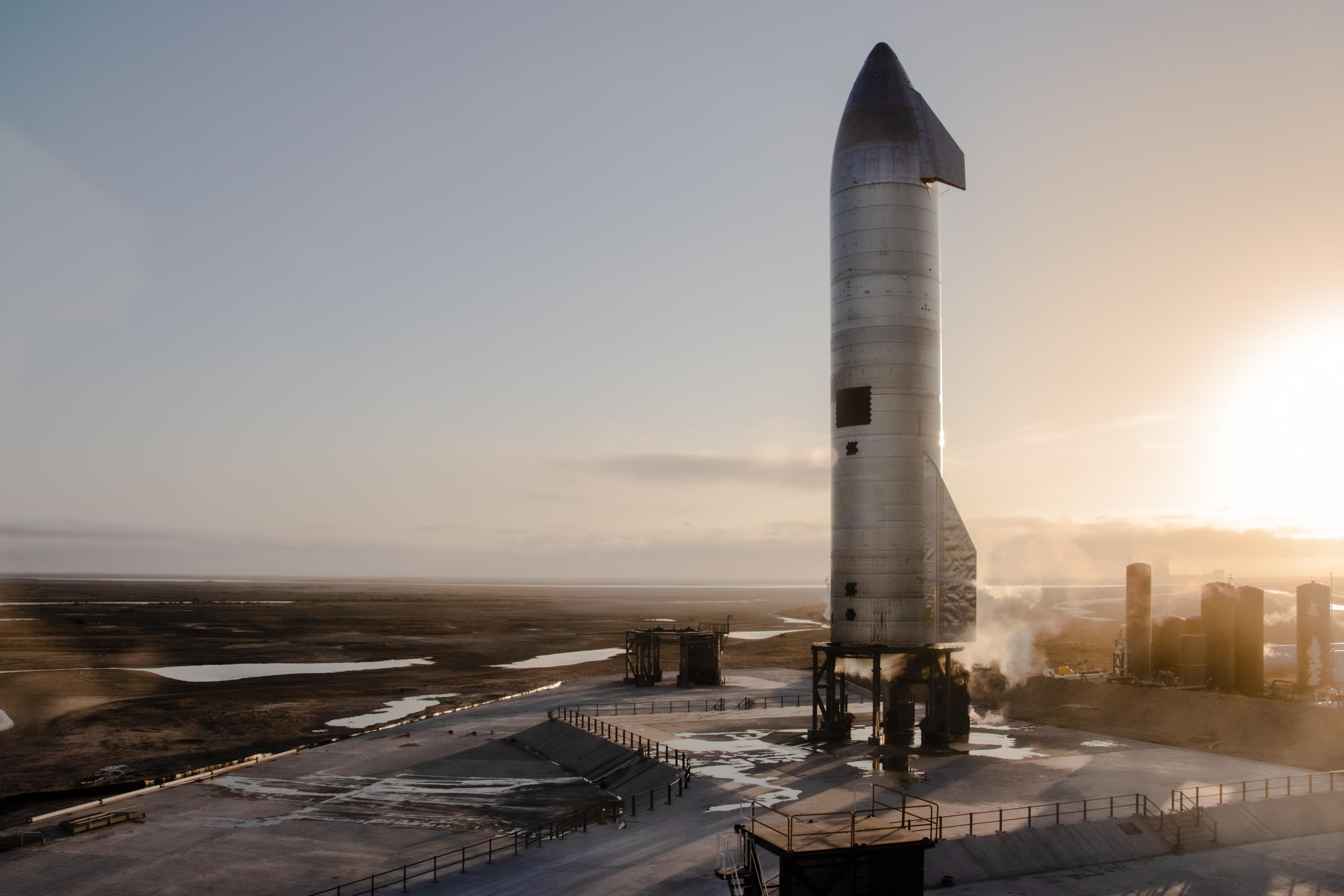
[This livestream has begun. Please refresh the page if you do not see the video player above.]
Elon Musk’s SpaceX is preparing to launch the latest prototype of its next-generation Starship rocket on Wednesday, in the third high-altitude flight test of the system.
The prototype Rocket Starship Serial Number 10, or SN10, will aim to launch and fly up to 10 miles high. The rocket is constructed of stainless steel, which represents the first versions of the rocket that Musk unveiled in 2019.
SpaceX fired rocket engines briefly for a launch attempt around 15:15 ET, but a “slightly conservative high thrust limit” caused the rocket to abort the attempt, Musk said in a tweet.
“Increase the thrust limit and recycle propellant for another flight attempt today,” Musk said.
John Insprucker, SpaceX’s chief integration engineer, told the company’s broadcast that he hopes to make another launch attempt.
The federal aviation administration launch window for the SN10 attempt runs until 7:30 p.m. ET.
The company is developing Starship with the goal of launching goods and people on missions to the Moon and Mars.
The Starship SN10 rocket prototype is on the launch pad at the company’s facilities in Boca Chica, Texas.
SpaceX
The flight will be similar to those performed by SpaceX in December and February, when the SN8 and SN9 prototypes were tested, respectively. The previous two rockets completed several development objectives, including aerodynamic tests, shutting down the engines successively and launching in the orientation to land, but both prototypes exploded on impact while attempting to land, unable to brake enough.
Like SN8 and SN9, the goal of SN10 flight is not necessarily to reach maximum altitude, but to test several key parts of the Starship system. The Starship prototype is about 150 feet tall, or about the size of a 15-story building, and is powered by three Raptor rocket engines. SpaceX will fire all three engines for takeoff and then shut them down one at a time as it approaches the top of the expected flight altitude.
The SN10 will aim to transfer the propellant from the main tanks to the head tanks, and then turn upside down for the “belly flop” re-entry maneuver so that it can control its descent through the air with the four fins of the rocket. Then, in the final moments of descent, SpaceX will launch the rocket in a vertical orientation and fire the Raptor engines to slow down and try to land.
Although SpaceX has yet to get a successful Starship prototype after a high-altitude flight test, the company has landed previous prototypes after short flights at about 500 feet altitude.
Subscribe to CNBC PRO for exclusive information and analysis and live scheduling of weekdays from around the world.